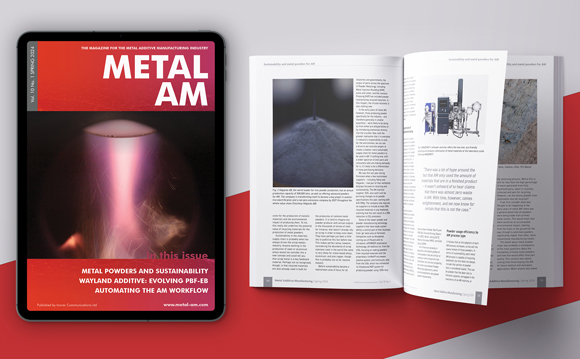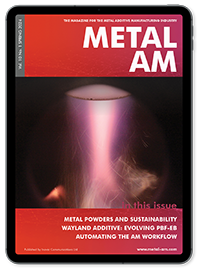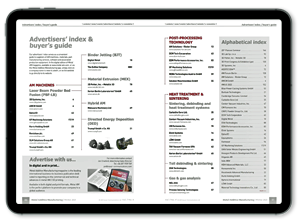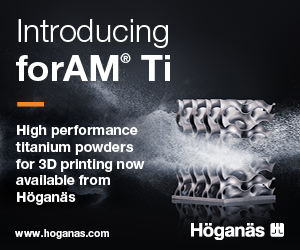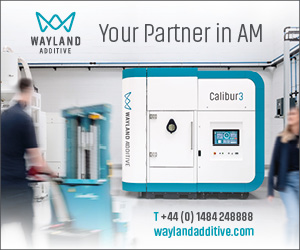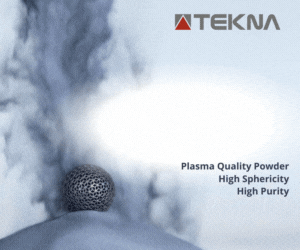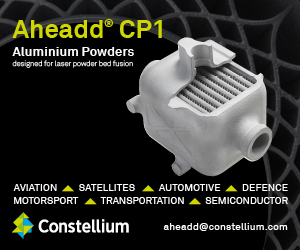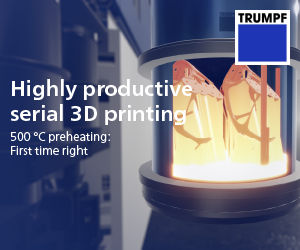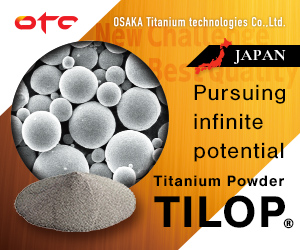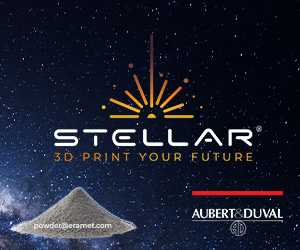Boeing adds Norsk Titanium’s PDQC to its official Qualified Producers List
June 20, 2018
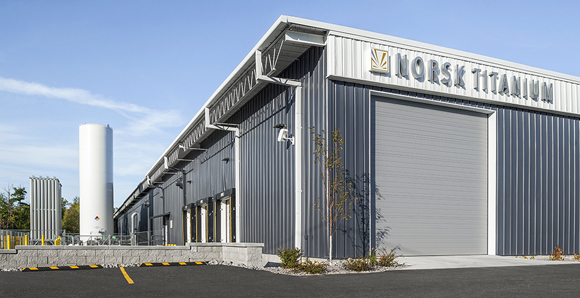
Norsk Titanium’s Development and Qualification Center (PDQC) in Plattsburgh, New York (Courtesy Norsk Titanium)
Norsk Titanium (NTi), New York, USA, a supplier of aerospace-grade, additively manufactured structural titanium components, has announced that its Development and Qualification Center (PDQC) in Plattsburgh, New York, has been added to Boeing’s official Qualified Producers List (QPL).
The PDQC reportedly initiated qualified production on May 15 by manufacturing its first part under the Boeing contract. This achievement is said to be a culmination of recent company successes including NTi’s certification under AS9100D and the October 2017 dedication of PDQC by New York Governor Andrew Cuomo.
“We could not be prouder of our Plattsburgh, New York production operations as they put another stake in the ground for the continued success of Norsk Titanium and the state of New York,” stated Tamara Morytko, NTi’s Chief Operating Officer. “Receiving this qualification from Boeing, now qualifying two NTi sites for production across the globe, is a true vote of confidence in our service, quality and disruptive RPD™ technology.”
PDQC will produce aerospace components for Boeing and other aerospace manufacturers. It currently houses nine of NTi’s proprietary Rapid Plasma Deposition (RPD) titanium Additive Manufacturing machines, developed at Norsk’s Engineering and Technology Center in Norway. The Norwegian facility continues to operate qualified and approved RPD Machines.
In 2017, Norsk announced its first production order from Boeing Commercial Airplanes for the manufacture of AM structural titanium components for the 787 Dreamliner. The company later announced a 60% expansion of the PDQC facility, located near the future site of the planned Norsk Titanium Production Center.
Norsk RPD uses titanium wire with plasma torches to manufacture titanium structural components on an industrial scale, and can be used to produce large structural parts weighing over 45 kg. It is also said to be 50-100 times faster than powder-based systems and use 25-50% less titanium than incumbent forging processes. It has current and potential applications in aviation, space, transportation, oil & gas and maritime.



